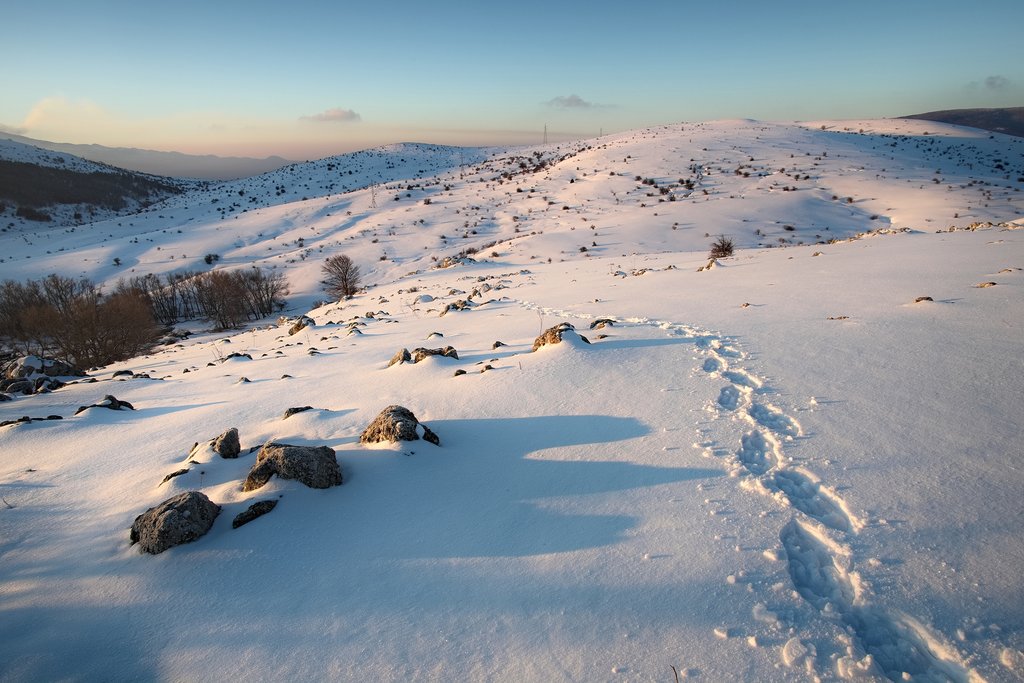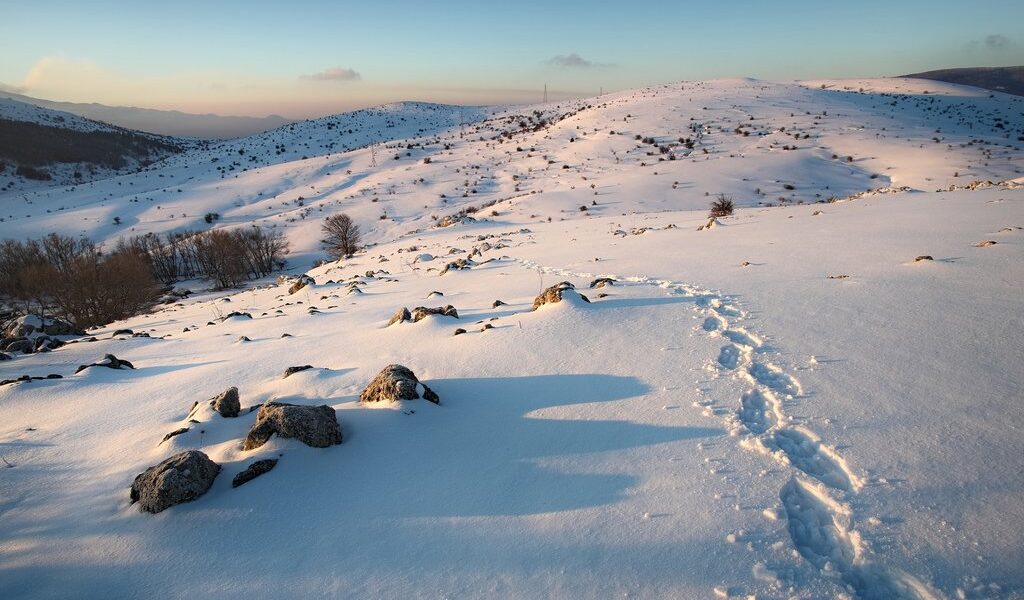
Sicily’s first month of the year is also its wettest. But with the rainy weather comes the start of Carnival season, fewer crowds, and lower costs than other times of the year. This is also one of the best winter months to do a little skiing on the slopes of Mount Etna.
## Sicily in January: A Comprehensive Guide
January in Sicily offers a unique travel experience, distinct from the bustling summer months. While it’s considered one of the island’s colder and wetter periods, it presents opportunities for budget-conscious travelers and those seeking a more authentic, less crowded Sicilian experience. Understanding the weather patterns, crowd levels, and available activities will allow you to plan a memorable trip.
**Weather: A Tale of Two Climates (and More!)**
Visiting Sicily in January means preparing for varied weather conditions. Coastal cities like Palermo experience average temperatures of around 54°F (12°C). However, the unpredictable sirocco winds, originating from the Sahara Desert, can dramatically influence the temperature. When these winds blow, the mercury can rise to a pleasant 68°F (20˚C), offering a taste of spring in the middle of winter.
Sicily, in general, enjoys a relatively mild and sunny winter, but it’s crucial to acknowledge the island’s diverse microclimates. Expect around 18 days of rainfall throughout the month, but the intensity and frequency can vary significantly depending on your location. The coastal regions benefit from a Mediterranean climate characterized by mild temperatures and relatively higher rainfall during the winter months.
Messina, strategically located on the Strait of Messina, boasts its microclimate, generally a couple of degrees warmer than other coastal areas. This localized warmth makes exploring the city’s historical sites and enjoying its culinary offerings even more appealing.
Venturing inland, you’ll encounter cooler temperatures, especially in Sicily’s hilly interior. Higher elevations experience significantly colder conditions and even the possibility of snow. Any area above 3,300 feet (1000 m) transforms into a winter wonderland, receiving sufficient snowfall to attract skiers and snowboarders to the slopes. Pack accordingly, considering layers and waterproof outerwear, if you plan to explore these elevated regions.
**Crowds & Costs: An Off-Season Advantage**
The allure of Sicily in January lies in its tranquility. Except for the first week of January, coinciding with the tail end of the Christmas holidays and the Epiphany, the island is remarkably quiet. Expect a slight increase in accommodation prices and airfare during this period, as museums and shops extend their operating hours to cater to holiday visitors.
However, for the remainder of the month, you’ll encounter virtually no crowds, making it an ideal time for budget-conscious travelers. Accommodation prices plummet as hotels reduce their rates, and some smaller establishments, particularly those reliant on beach tourism, may even close for the season. Ferries also scale down their routes to and from the smaller islands, reflecting the reduced demand.
While coastal areas may experience a lull, the ski season offers a different kind of activity. Vacationers seeking winter sports head to the slopes, but unlike more popular Italian destinations, Sicilian resorts remain relatively uncrowded and offer more affordable skiing and snowboarding experiences.
Be aware that many historical attractions may close during the offseason for essential repairs and maintenance. It’s always advisable to check opening hours and availability in advance to avoid disappointment. Additionally, remember that Sicilians observe the tradition of siesta, resulting in businesses and other attractions typically closing from 1:30 pm to 4:30 pm daily.
**Where to Go: A Journey Through Culture and Festivities**
The beginning of January allows you to experience the final vestiges of Sicily’s Christmas festivities, culminating in the Epiphany (January 6). Start your exploration in the region’s capital, Palermo, immersing yourself in its rich cultural heritage. Discover art galleries and museums, admire the striking Baroque architecture, and savor the diverse culinary scene.
Beyond its cultural attractions, Sicily offers a series of Christmas markets, plays, and parades across the island leading up to the Epiphany. For a captivating cultural experience, visit Piana degli Albanesi, a former Albanian colony established in the late 15th century in the province of Palermo. Here, you can witness a lively procession of residents dressed in traditional costumes parading through the streets.
If Carnevale happens to fall in January, you’re in for a treat, regardless of your location on the island. The celebrations are lively and colorful, offering a glimpse into Sicilian traditions and revelry. Acireale, situated north of Catania, hosts one of Italy’s most celebrated Carnevale festivals, dating back to the 16th century. Join the weeklong festivities, marveling at the cavalcades of masked participants, the giant floats, and the aromatic statues crafted from lemons and oranges.
For skiing and snowboarding enthusiasts, Sicily offers a unique experience on the slopes of Europe’s largest volcano. Mount Etna boasts two ski resorts, Linguaglossa on the north side and Nicolosi on the south side, both offering breathtaking views of the island. Alternatively, for a more traditional ski experience, though with shorter runs, consider Piano Battaglia in the Madonie mountains.
**What to Do: Culture, Relaxation, and Deals**
After the Christmas season concludes with the Epiphany, January offers a tranquil opportunity for cultural exploration, unless Carnevale falls within the month. Renting a car provides the freedom to explore the island at your own pace. If rain threatens, retreat indoors to the numerous museums and art galleries.
Delve into the complexities of organized crime at the International Documentary Center of Mafia in Corleone. Admire the impressive collection of art at the Regional Gallery of Sicily in Palermo. Uncover ancient artifacts at the Archaeological Museum in Agrigento. Or, immerse yourself in masterful works of art from the medieval and Renaissance periods to modern masterpieces at Syracuse’s Bellomo Palace Regional Gallery.
Combine history with relaxation and indulge in an afternoon soaking in the historic geothermal hot springs found throughout the island. Visit Terme Segestane in Castellammare del Golfo, believed to be the source where the Nymphs in Greek legend sought to restore Hercules, or unwind in the thermal waters of Sciacca, the island’s oldest spa town. Alternatively, after a day of skiing or snowboarding, rejuvenate with a warm bath in Santa Venera al Pozzo, just south of Acireale.
If you appreciate a good bargain, the winter shopping season commences in January around Epiphany. Look for the *saldi* signs in store windows and boutiques, and seize the opportunity to snag a deal or two.
**Events in January: Festivities and Traditions**
* **Epiphany**: Marking the end of Italy’s Christmas season, the Epiphany on January 6 is a special day, particularly for children. La Befana, a benevolent witch, delivers gifts in their stockings, adding a touch of magic to the celebrations.
* **Carnevale**: Depending on the liturgical calendar, Italy’s Carnival celebrations may begin in January. This significant event, held 40 days before Easter, is celebrated with parades, costumes, and general merrymaking throughout the island.
* **Sagra della Sfincia di Priescia**: If you’re visiting Sicily in January, don’t miss the Sagra della Sfincia di Priescia in Montelepre. This local festival celebrates a traditional sweet dish, the *sfincia*, a fried dough pastry sprinkled with cinnamon and sugar, offered freely to attendees.
January in Sicily is a month of contrasts – cooler temperatures, fewer crowds, and a unique blend of cultural experiences. By understanding the nuances of the season, you can craft a memorable and rewarding trip to this beautiful Italian island.
B-1350

